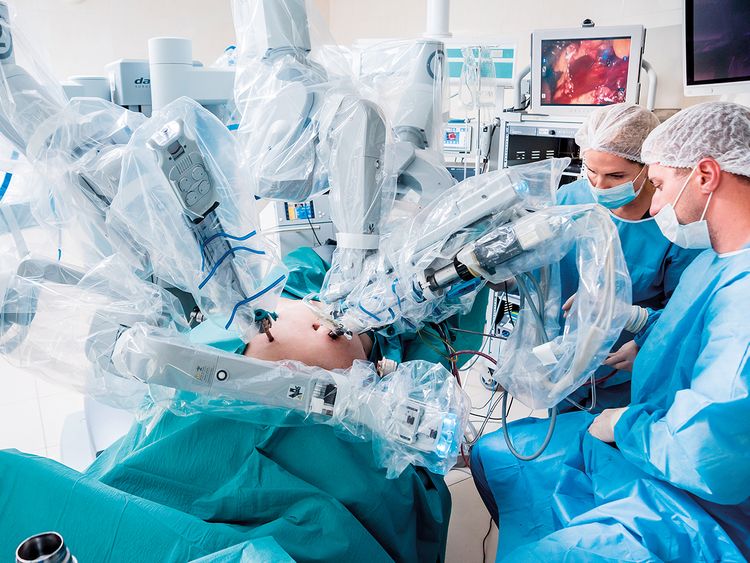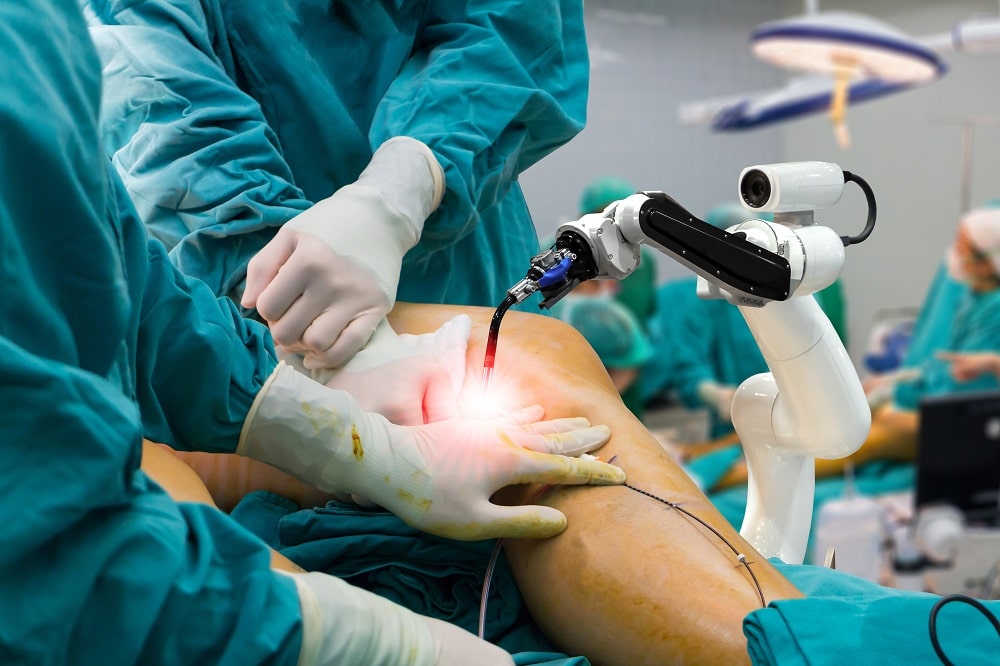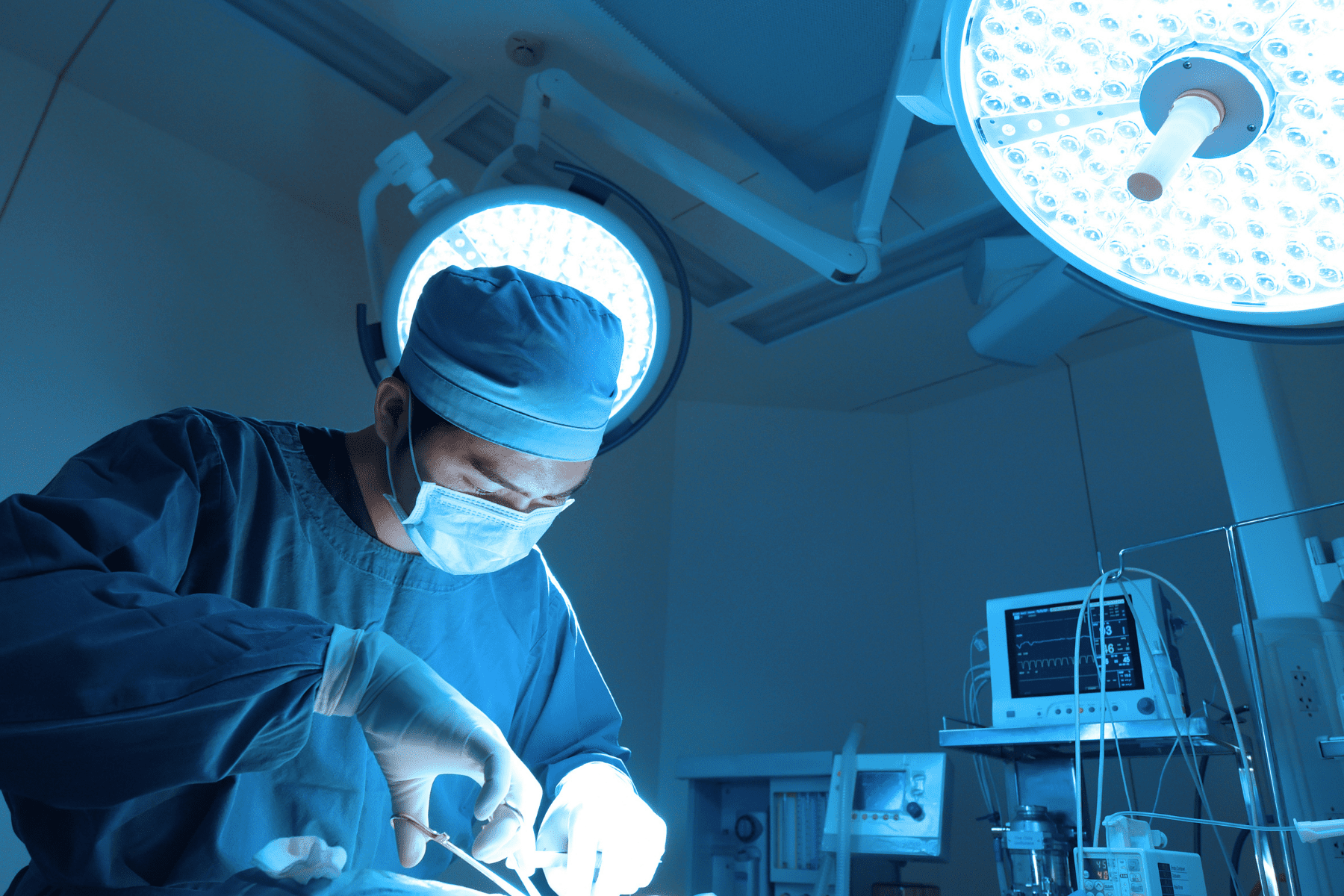In times of crisis, immense creativity often comes to the fore, precipitating major changes. This has been the case in the coronavirus disease 2019 (COVID-19) era. Healthcare technology has leaped to the fore to help healthcare providers manage their patients better by reducing the dangers inherent in personal contact, waiting in crowded waiting rooms or laboratories, and hospitalizations.
Artificial intelligence
Artificial Intelligence (AI) technology is being used in the diagnosis of diseases, as well as to offer customized solutions. For instance, it is being used to drive systems that process computed tomography scans by the thousands, in a mass detection scenario, as in COVID-19. This spares radiographers and physicians to attend to patients, besides providing supplementary information and thus improving the accuracy of diagnosis and monitoring.
Machine learning is being exploited in the pharmaceutical industry to identify new drug candidates without the long and expensive traditional method of sifting through chemical libraries while also replacing actual experiments with simulations, varying multiple parameters. The whole process is not only much less expensive but also much faster.
The dark side
Even as AI is being used to help healthcare, it can be perverted to steal patient and provider identities, divert funds and misuse information by hacking medical computer systems. This can occur via private systems linked to hospital software, or by wireless networks at health facilities, or via the Internet of Things (IoT). Thus, the protection of such systems from AI-driven malware and personalized attacks would perhaps cost more than can be saved by the application of such systems.Meticulous planning, effective training, and ongoing monitoring of healthcare and technical staff as they use data systems, as well as installing data security systems, are essential to prevent, detect and plug data breaches as soon as possible.
The rise of mHealth
To handle these needs, mobile health information and sensing technologies, termed mHealth, has gained prominence. These tools seem to offer the ability to provide healthcare at lower costs with improved outcomes. They can allow a limited number of providers to monitor more people, individually and at the population level.
Applications of mHealth can promote healthy behaviors for primary or secondary disease prevention, help with the self-management of chronic illnesses, improve provider training, and cut down on visits to the doctor. At the same time, they can help personalize interventions to an unprecedented level.
Today, mHealth can be utilized in the form of mobile devices, wearables, and other devices that allow people to carry on with their routine activities, while the device sends invaluable data on a host of parameters back to the server. This data can be used both in the present and the future to provide information on all kinds of trends and predictive factors to help research-driven efforts to promote and improve patient health.
Multiple platforms are now available, backed by top-class information technology (IT) firms like Apple, to facilitate the development of healthcare apps.




